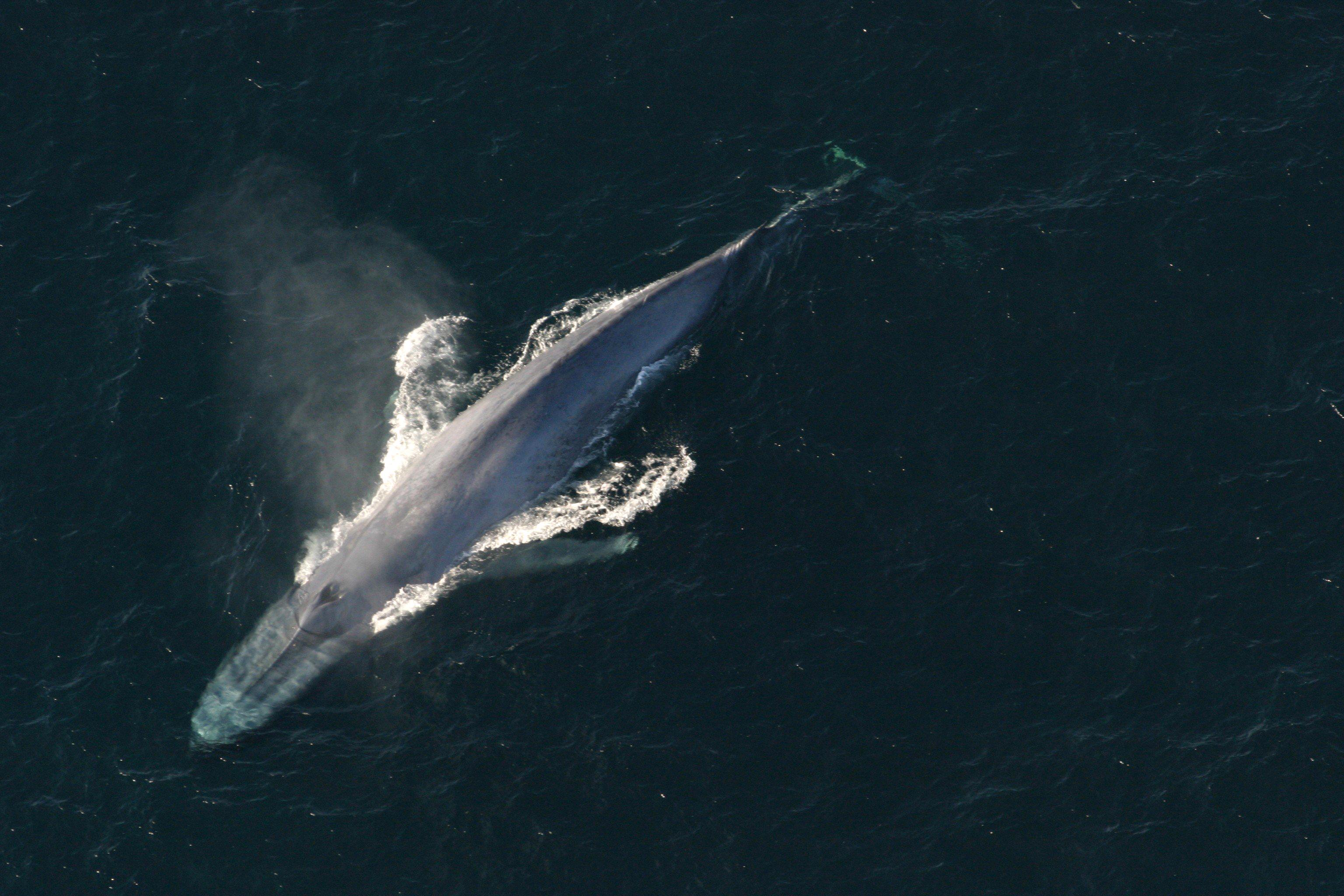The blue whale is the largest creature on Earth and perhaps the biggest that ever lived, so it is no surprise it has a huge appetite. But the strategies this behemoth uses to get enough food has not been well understood — until now.
Scientists said on Friday a study of blue whales off California's coast that used tags to track their movements and their prey, tiny shrimp-like crustaceans called krill, showed these marine mammals are not indiscriminate grazers as long thought.
Instead, they feed more intensely when krill density is high but avoid doing so when there is less krill in order to save oxygen for future dives.



